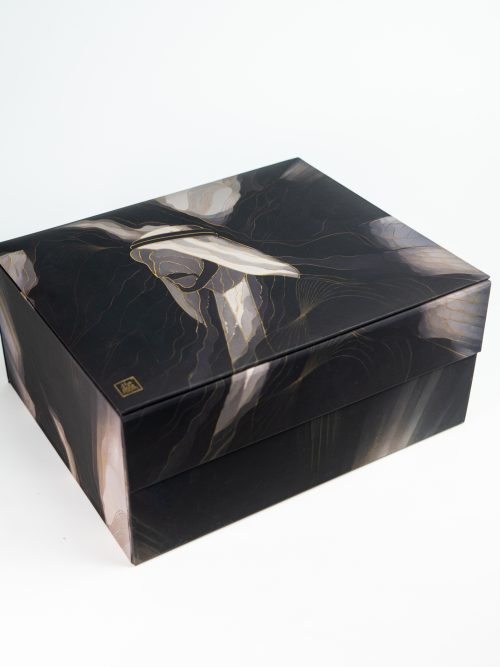Call us: 600-5-DATES
420.00 (incl. VAT)
Subtotal: 420.00 (incl. VAT)
Your order qualifies for free shipping!
Free Shipping on All Orders Over $100
The best discounts this week
Every week you can find the best discounts here.
420.00 (incl. VAT)
Subtotal: 420.00 (incl. VAT)
Your order qualifies for free shipping!
Free Shipping on All Orders Over $100
Your Seeds of Heritage seedling arrives in a prepared nursery pot with our custom sand–soil blend, designed to support healthy early growth. After roughly two months, it will be ready for a larger container. This guide covers when to repot, which pot to choose, the ideal mix, step-by-step instructions, root care, and aftercare to minimize transplant shock.
When to Repot
- Timing: Around two months after receiving your seedling.
- Signs: Roots visible at drainage holes, noticeably slower growth despite good care, or the plant drying out much faster than usual.
- Depth: Always repot at the same depth as before—never bury the trunk or crown, as this can cause stress or rot.
Choosing the Right Pot
- Size: Move to a pot 1.5–2 times the diameter of the current pot (roughly four to five times the volume). This gives space for several more months of growth.
- Material: Terracotta, ceramic, or plastic are all suitable. Terracotta dries faster, while plastic holds moisture longer.
- Drainage: Essential. The pot must have proper drainage holes to prevent water from collecting at the bottom.
The Recommended Potting Mix
Your seedling’s current pot contains our custom blend of nutrient-rich soil and washed sand. Replicate this when you size up:
- 60–70% quality, nutrient-rich potting soil
- 30–40% washed sand (you may also add a small portion of perlite for extra aeration)
This combination provides nutrition, stability, and excellent drainage, closely mimicking the natural conditions of date palms.
Step-by-Step: Repotting
- Lightly water the seedling a few hours before repotting so the root ball holds together.
- Prepare the new pot with a thin base layer of soil mix.
- Support the crown and gently slide the seedling out of its current pot. Do not pull by the leaves.
- Inspect the roots. Healthy roots are pale and firm. Do not tease or separate them; keep the root ball intact. If a few roots are damaged, trim the ends clean with sterilized scissors.
- Place the seedling in the new pot at the same soil depth as before. Fill in around it with the prepared mix, gently firming but not compacting.
- Water thoroughly until water drains from the bottom, then discard any excess from the saucer.
- Place the plant in bright, indirect light while it adjusts to the new container.
Root Care and Considerations
- Palm roots prefer minimal disturbance—avoid breaking apart the root ball.
- Trim only roots that are visibly damaged or broken.
- Always plant at the same depth; never bury the trunk or crown.
- Use clean, sterilized tools when handling roots.
Aftercare: First 2–4 Weeks
- Light: Keep in bright, indirect light. Gradually reintroduce soft morning sun after the first week.
- Watering: Water when the top two centimeters of soil are dry. Ensure full drainage each time.
- Fertilizer: Do not fertilize for 4–6 weeks after repotting. Resume light feeding with palm fertilizer only once the plant has settled.
- Environment: Normal home temperatures are suitable. Avoid placing the seedling directly under an AC vent or in a draft. Near a window is ideal, as natural warmth from the glass creates a stable microclimate.
Troubleshooting
- Wilting after repotting: Often due to transplant shock. Ensure good drainage, provide indirect light, and allow time for recovery.
- Yellowing leaves: Usually a sign of overwatering. Allow the topsoil to dry slightly before watering again.
- Brown tips or crisping: Can result from underwatering, too much sun immediately after repotting, or dry air from AC.
- Slow growth: Date palms naturally grow slowly in containers. Steady, consistent care is more important than rapid growth.
In Summary
Repotting your date palm seedling after two months is an important step in its growth journey. Choose a pot four to five times larger than the original, use a balanced soil-and-sand mix, and handle the roots with care. By maintaining the same planting depth, ensuring proper drainage, and following simple aftercare steps, your palm will continue to thrive as it develops into a lasting heritage tree.










